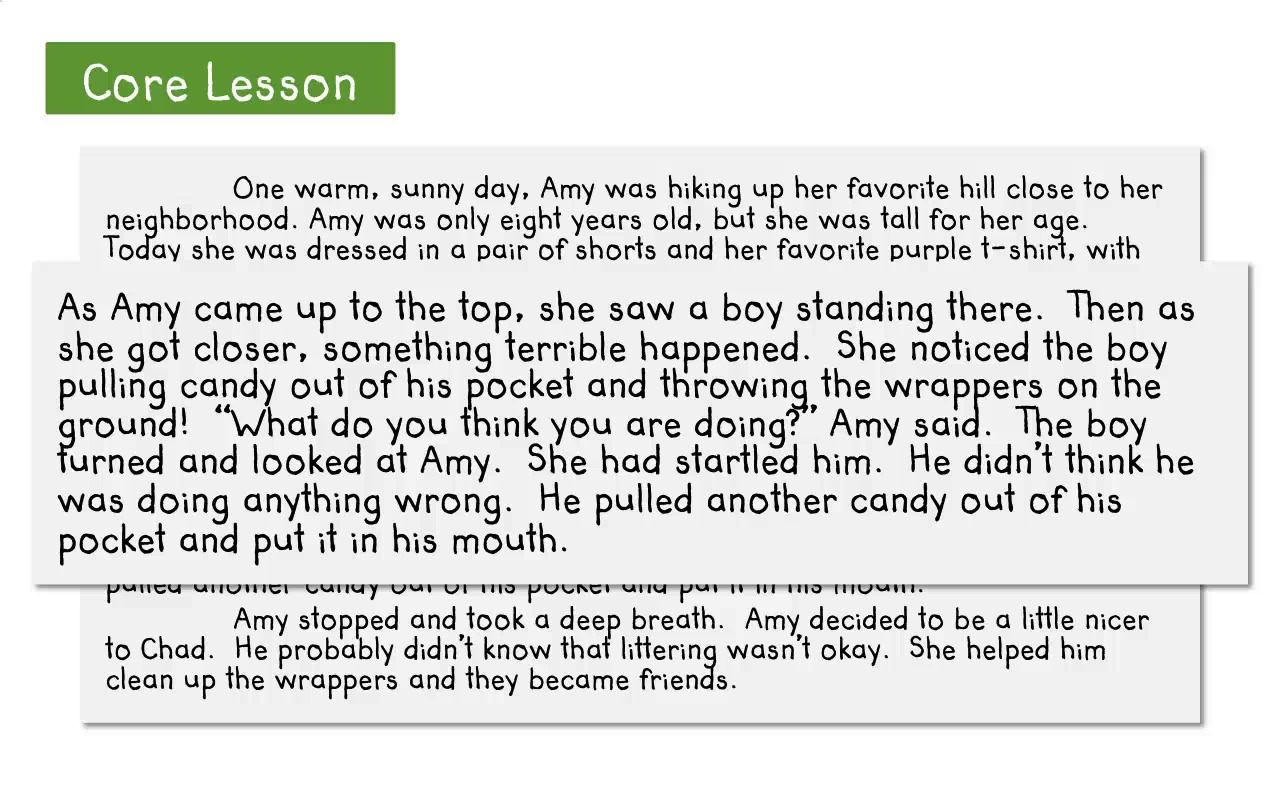

- An author may use dialogue to provide the reader with how to#
- An author may use dialogue to provide the reader with code#
- An author may use dialogue to provide the reader with series#
These lines of dialogue define the person speaking and help define how we relate to the characters. Think about some of your favourite moments throughout literary and film history. One reader may love sarcastic characters and another may love noble characters, but these readers won’t really understand the character personalities until those characters are speaking to one another. That’s because readers relate to characters based on their personalities, and personalities are most apparent in characters’ voices, or the way the dialogue sounds.

It’s only through writing great dialogue that the writer tells us who a character is. Something beginning writers often struggle with is that description can only tell us what a character is. In turn, the speech patterns and inflections that respond to the first character’s dialogue let readers see whether these relationships (friendly in one case and antagonistic in the other) are one-sided or mutual. One of the biggest challenges for any writer is creating convincing relationships between characters-and better dialogue is the single best way to do that!įor example, when readers see one character speak lightly and casually to one person, and gruffly angrily to another, they instantly understand from a line of dialogue how the one character feels about the two others. Dialogue helps establish character relationships You can use dialogue tags to identify speakers as well as speed up or slow down moments of a story.īy having your characters speak to one another between and even during action, you can maintain upbeat pacing without tiring your readers out. Readers love it when a story moves quickly, but maintaining a constant breakneck pace can leave readers exhausted. However, it’s possible to have too much action and too little dialogue. If the characters do little else but talk to each other, then your story can come across as boring instead of engaging. Dialogue helps break up the actionĪ key factor in any story is pacing. Are these two characters secretly in love, or maybe they openly hate each other? Or both? Good dialogue helps reveal who these characters are as well as their primary motivations. Good dialogue serves other story functions as well: It helps to break up action and exposition, giving your story time to breathe it’s the primary way to add emotion to a scene and dialogue helps to establish character relationships.
An author may use dialogue to provide the reader with code#
Has a character suffered some kind of defining trauma? Or do they have a special code of honor that dictates their behavior? Revealing these things through a few lines of dialogue rather than exposition helps your story live up to the old chestnut: show, don’t tell! Realistic dialogue is also how readers relate to and understand character dynamics-dialogue give characters depth.
An author may use dialogue to provide the reader with series#
Just think: without dialogue-the kind between two characters who speak to each other, as well as the “dialogue” of body language-your characters would just be random people undertaking a series of different actions. On the most basic level, dialogue is what animates your characters. Why is effective dialogue important?Įffective dialogue is important because it brings your characters to life, helps readers relate to the character, and helps to move the story along.
An author may use dialogue to provide the reader with how to#
To help you better understand how to write dialogue in your story, let’s take a look at why it’s important and how you can make your story’s dialogue really shine. Bad dialogue, though, can turn even the coolest literary concept into a poorly executed mess. Good dialogue can help elevate your story while making your characters seem realistic and relatable.


 0 kommentar(er)
0 kommentar(er)
